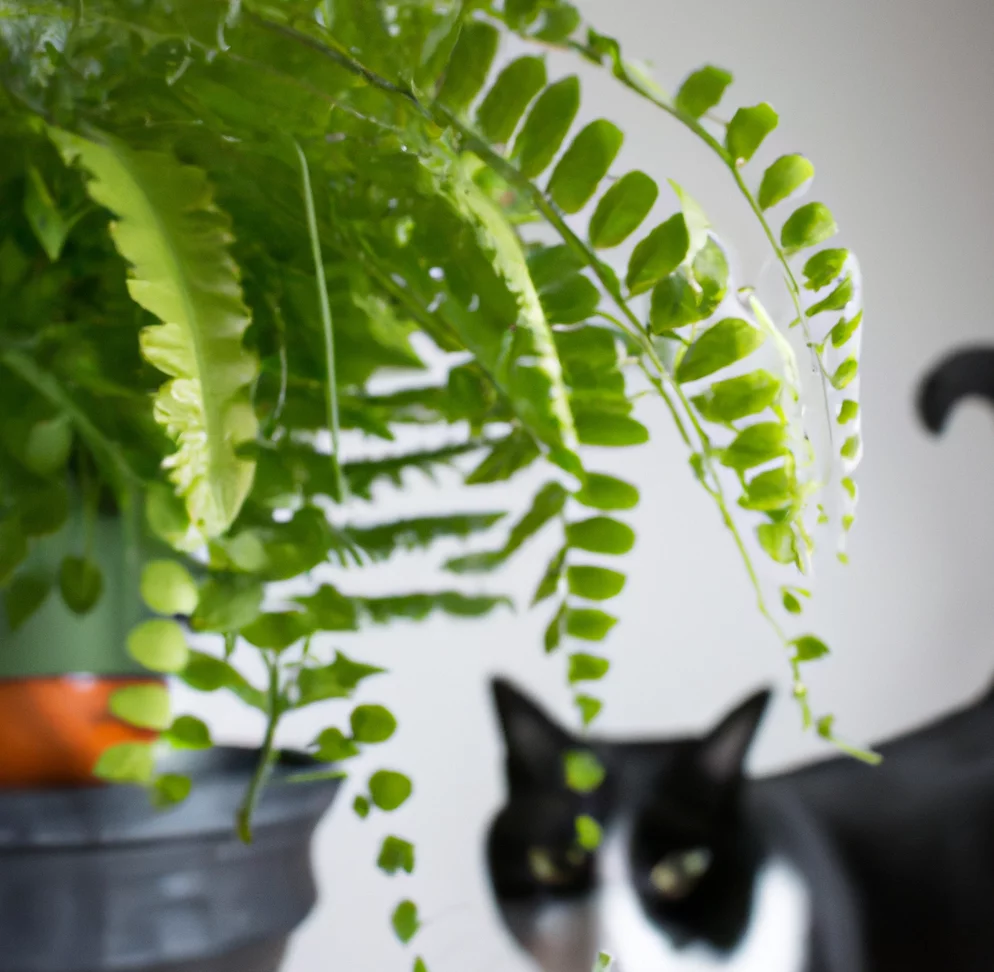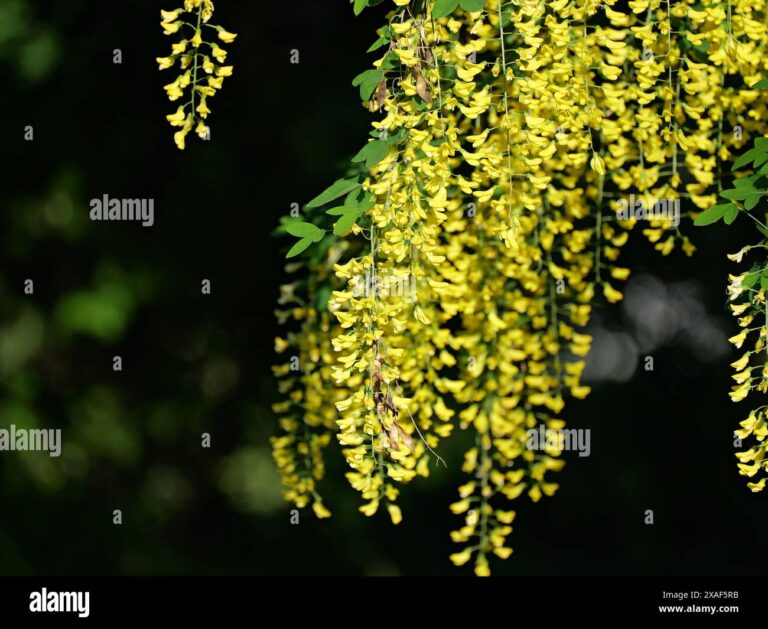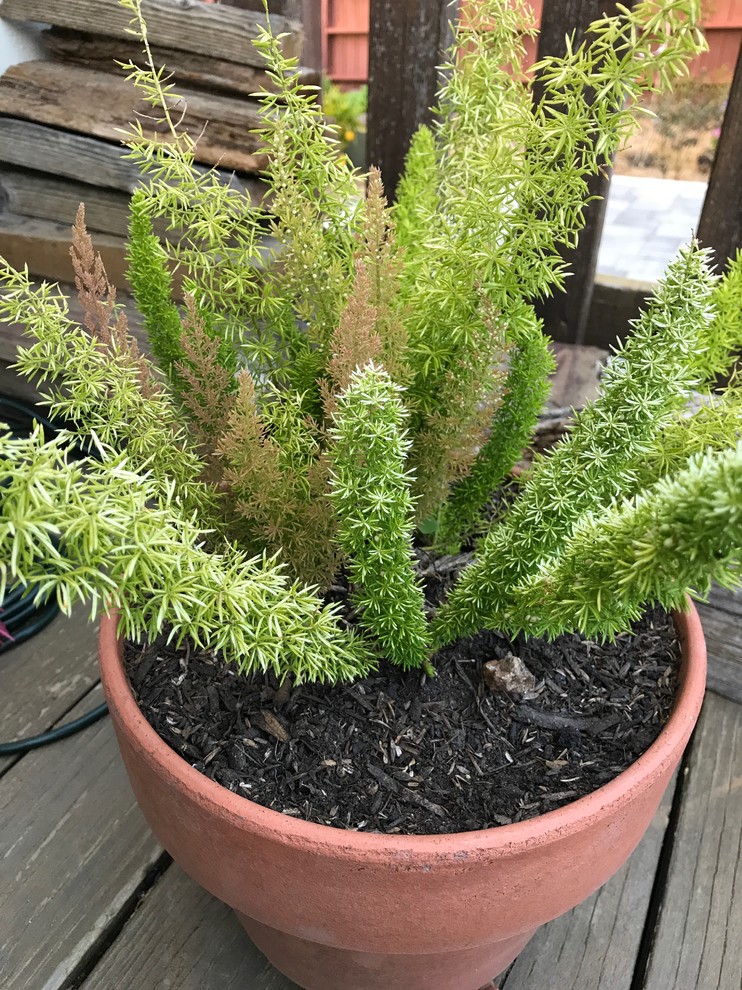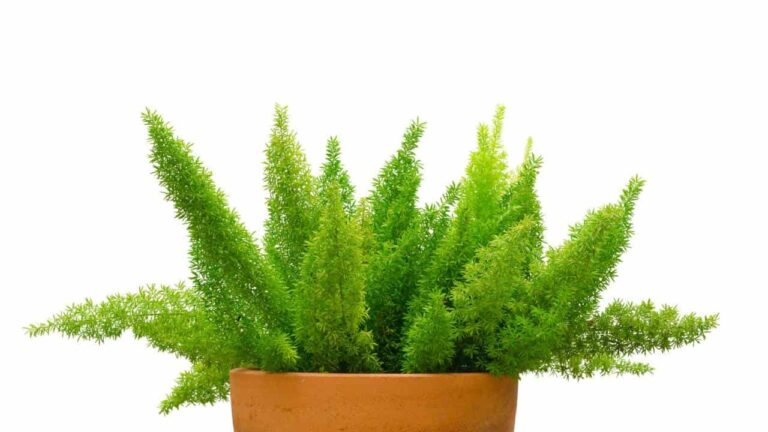Ferns and Cats
Peacock Fern: Safe for Cats
The Peacock Fern (Selaginella willdenowii) is not listed as toxic to cats by major pet poison control centers and veterinary organizations, making it a safe option for homes with feline companions. While the Peacock Fern is generally safe, excessive consumption of large quantities can lead to mild gastrointestinal upset in cats.
Environmental Benefits
Ferns, including the Peacock Fern, offer several environmental benefits:
- Air Purification: Ferns improve indoor air quality by filtering pollutants and increasing oxygen levels.
- Humidity Regulation: These plants help regulate humidity in the home, making the environment more comfortable.
- Aesthetic Appeal: Ferns provide lush greenery that enhances the visual appeal of indoor spaces.
| Benefit | Description |
|---|---|
| Air Purification | Filters pollutants and increases oxygen levels |
| Humidity Regulation | Enhances indoor humidity, creating a more comfortable environment |
| Aesthetic Appeal | Adds lush greenery to indoor spaces |
For more information on caring for fern plants indoors, visit our guide on fern plant care.
Preventing Cat Interaction
Preventing cats from interacting with plants like the Peacock Fern ensures the safety and well-being of both the plants and pets. Several strategies can help:
- Natural Deterrents: Using natural deterrents such as citrus peels or sprays can repel cats due to their strong scent.
- Alternative Distractions: Providing alternative distractions like cat grass or safe toys can redirect a cat’s attention away from the fern.
- Placement: Positioning the fern in locations that are hard for cats to reach, such as on high shelves or in hanging planters, can help prevent unwanted interaction.
For additional tips on maintaining healthy fern plants, refer to our articles on fern plant watering and fern plant temperature tolerance.
By understanding the safety aspects and implementing preventive measures, pet owners can enjoy the beauty and benefits of ferns without compromising their cats’ health.
Identifying Toxic Plants
Look-Alikes Awareness
When incorporating fern plants into your indoor aesthetics, it’s essential to identify and differentiate between safe and toxic species, especially in environments shared with pets. Peacock ferns, for instance, contribute significantly to indoor air quality by removing toxins, making them beneficial for creating healthier living spaces for both humans and pets (Gregarious, Inc.). However, some plants closely resemble peacock ferns and can pose serious risks to cats.
A notable example is the Asparagus Fern, which is toxic to cats and can cause gastrointestinal distress if ingested (Gregarious, Inc.). To avoid misidentification, pet owners should familiarize themselves with the physical characteristics of each plant.
| Plant Type | Toxicity to Cats | Physical Characteristics |
|---|---|---|
| Peacock Fern | Non-toxic | Lacy, feather-like fronds, vivid green color |
| Asparagus Fern | Toxic | Dense, needle-like leaves, small white flowers |
For more detailed guides on various fern types, refer to our articles on fern plant care and fern plant care in winter.
Toxic vs. Non-Toxic Ferns
Understanding which ferns are safe for your pets and which are not is crucial. While many common fern species are non-toxic, some can be harmful. Here’s a comparison to help ensure the safety of your furry friends:
| Fern Type | Toxicity Level | Recommended Use in Pet-Friendly Homes |
|---|---|---|
| Boston Fern | Non-toxic | Yes |
| Maidenhair Fern | Non-toxic | Yes |
| Bird’s Nest Fern | Non-toxic | Yes |
| Asparagus Fern | Toxic | No |
| Bracken Fern | Toxic | No |
To ensure the safety and well-being of your pets, familiarize yourself with the appropriate care practices for each type of fern. You can find more tips and advice on fern plant watering, fern plant temperature tolerance, and dealing with issues like your fern plant turning brown.
By cultivating awareness of both toxic and non-toxic fern types, pet owners can create a safe, beautiful, and healthy indoor garden that coexists harmoniously with their beloved cats. For emergency action steps in the event of plant poisoning, consult our section on handling plant poisoning.
Action Steps for Pet Owners
Contacting Poison Control
If a pet owner suspects that their cat has ingested a toxic plant, immediate action is essential. Here are the steps to follow:
-
Contact a Veterinarian: Pet owners should contact their local veterinarian immediately if their cat shows any signs of illness. Quick intervention can be critical to the animal’s recovery.
-
APCC Emergency Hotline: The ASPCA Animal Poison Control Center (APCC) operates a 24-hour emergency hotline at 1-888-426-4435. This service provides access to a veterinarian who can offer professional advice on handling potential poisoning incidents. More information can be found on the ASPCA website.
| Resource | Contact Information | Notes |
|---|---|---|
| Local Veterinarian | Varies | Immediate local help |
| ASPCA Poison Control | 1-888-426-4435 | 24/7 service, minimal charge |
For more insight into caring for ferns and ensuring pet safety, visit our articles on fern plant care and fern plant in pot.
Handling Plant Poisoning
Handling a potential poisoning case properly can significantly impact a cat’s health outcomes. Here are the recommended steps:
-
Immediate Veterinary Attention: If a cat is suspected of ingesting a toxic substance, it’s crucial to seek veterinary attention without delay. Symptoms can vary, so recognizing them early and getting professional help promptly is vital (Germantown Animal Hospital).
-
Remove the Cat from the Area: Safely move the animal away from the source of poisoning to prevent further ingestion or contact.
-
Collect Samples: Gather samples of the plant material, vomit, or any other potential source of toxin. This information can be invaluable to the veterinarian in diagnosing and treating the problem.
-
Avoid Inducing Vomiting: Do not induce vomiting unless specifically instructed to do so by a veterinarian or poison control. Inducing vomiting can sometimes cause more harm.
-
Seek Professional Help: Contact a veterinarian or animal poison control for guidance. Immediate action, guided by professionals, can aid significantly in the animal’s recovery (Red Dog Blue Kat).
| Step | Description |
|---|---|
| Remove Cat from Area | Prevent further contact |
| Collect Samples | Plant material, vomit, etc. |
| Avoid Inducing Vomiting | Can cause more harm |
| Seek Professional Help | Contact vet or poison control |
For additional tips on plant care and how to ensure the safety of your feline friends, visit our articles on fern plant care in winter and fern plant light requirements.
By following these steps, pet owners can provide effective first aid to their cats and potentially mitigate the harmful effects of plant poisoning.
Other Toxic Plants
In addition to ferns, there are several other plants that pose a significant risk to cats. Understanding which plants are harmful can help pet owners create a safer environment for their furry friends. One of the most dangerous plants for cats is the lily, which is known to cause severe health issues.
Lilies: A Dangerous Plant
The lily plant is considered highly toxic to cats and can cause kidney failure when cats come in contact with the flower’s pollen and ingest it during grooming. It is highly recommended to keep lilies, including cut flowers, away from areas accessible to cats to prevent poisoning.
| Lily Type | Toxicity Level | Effects |
|---|---|---|
| Asian Lilies | High | Kidney failure, severe illness |
| Easter Lilies | High | Kidney failure, vomiting |
| Tiger Lilies | High | Kidney failure, death |
| Day Lilies | High | Kidney failure, loss of appetite |
Harmful Effects on Cats
All parts of the lily plant, including leaves, petals, stem, and pollen, are toxic to cats. Even small amounts of the plant can cause severe damage. Here are some potential harmful effects lilies can have on cats:
- Kidney Failure: The most severe effect of lily ingestion. It can cause acute kidney failure, which can be fatal if not treated promptly.
- Vomiting: Common initial reaction to ingestion. It can lead to dehydration and further complications.
- Loss of Appetite: A noticeable symptom, which can result in further health decline if the underlying cause is not addressed.
- Lethargy: A general feeling of weakness and lack of energy, indicative of the cat’s body struggling with the toxins.
Ingesting toxic plants can have dire consequences. Even if cats do not consume the plant directly, they may get seeds or pollen from the plant trapped in their fur or on their paws. These toxic substances can be ingested during grooming, posing a significant risk.
In case of suspected poisoning, knowing the plant’s name is essential for quick and effective treatment. This aids veterinarians in administering appropriate treatment with fewer tests. Pet owners are advised to familiarize themselves with toxic and non-toxic plants to create a safer home environment.
For more information on how to manage and care for plants in a pet-friendly way, explore our guides on fern plant care and tips for straightening curly hair.




